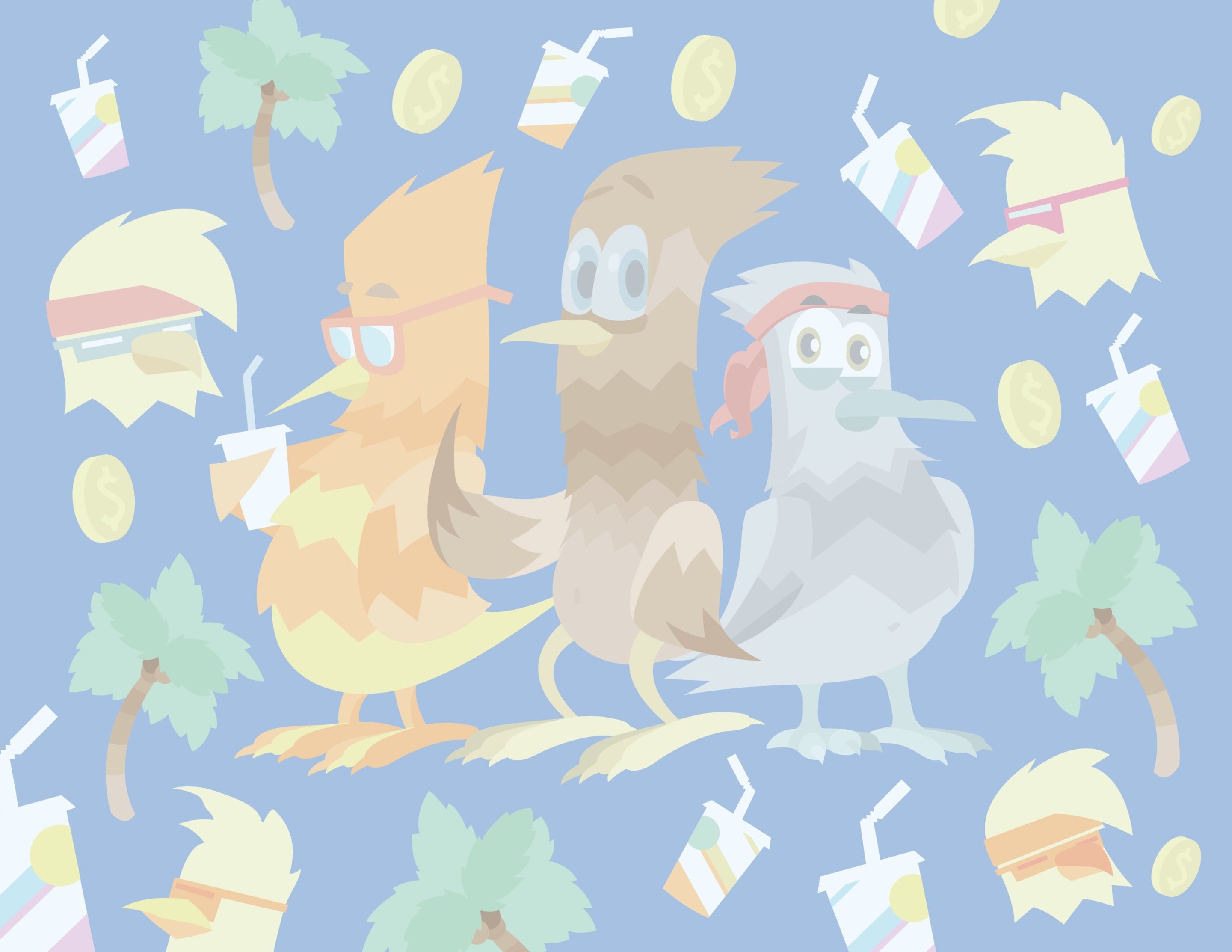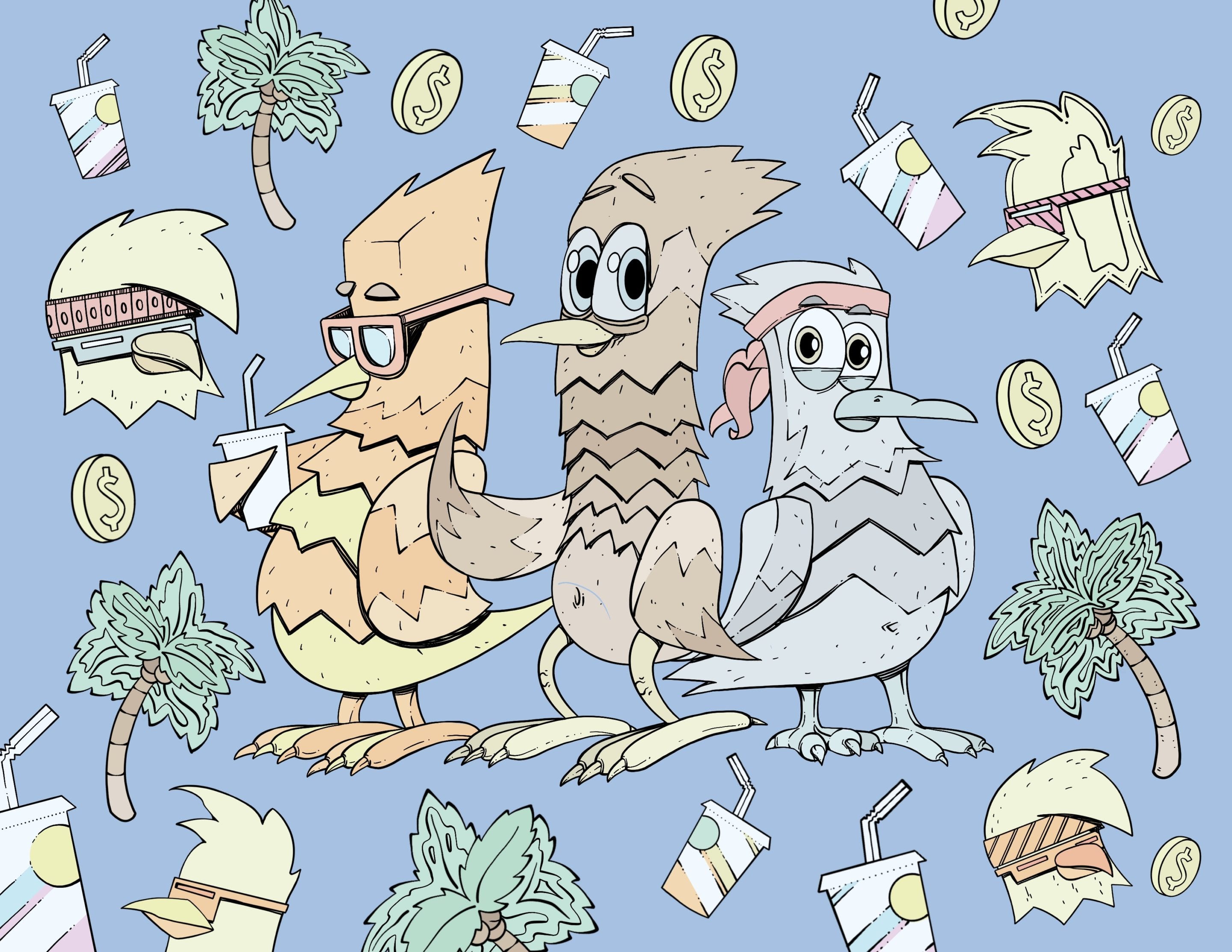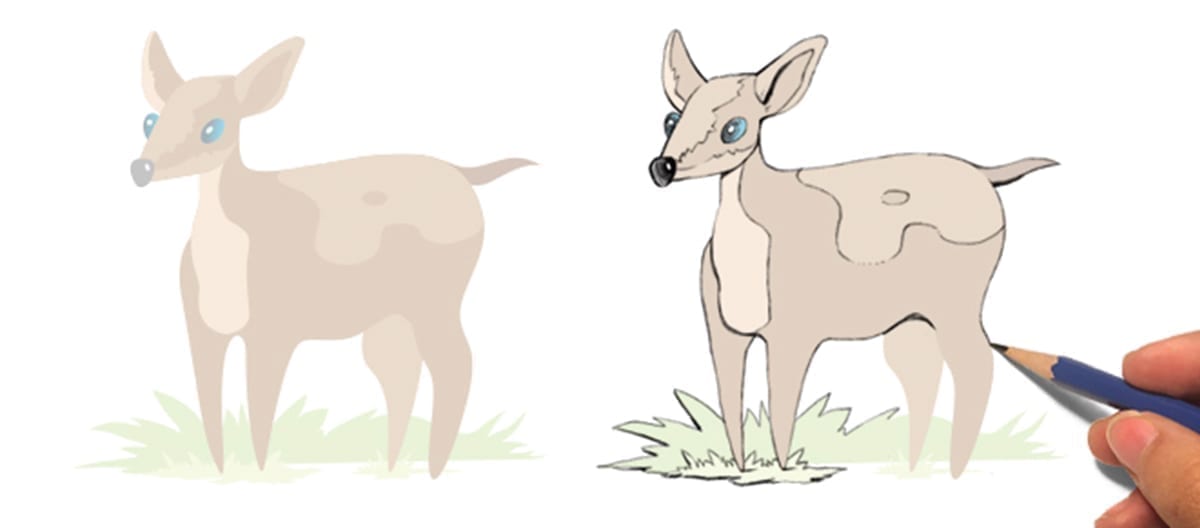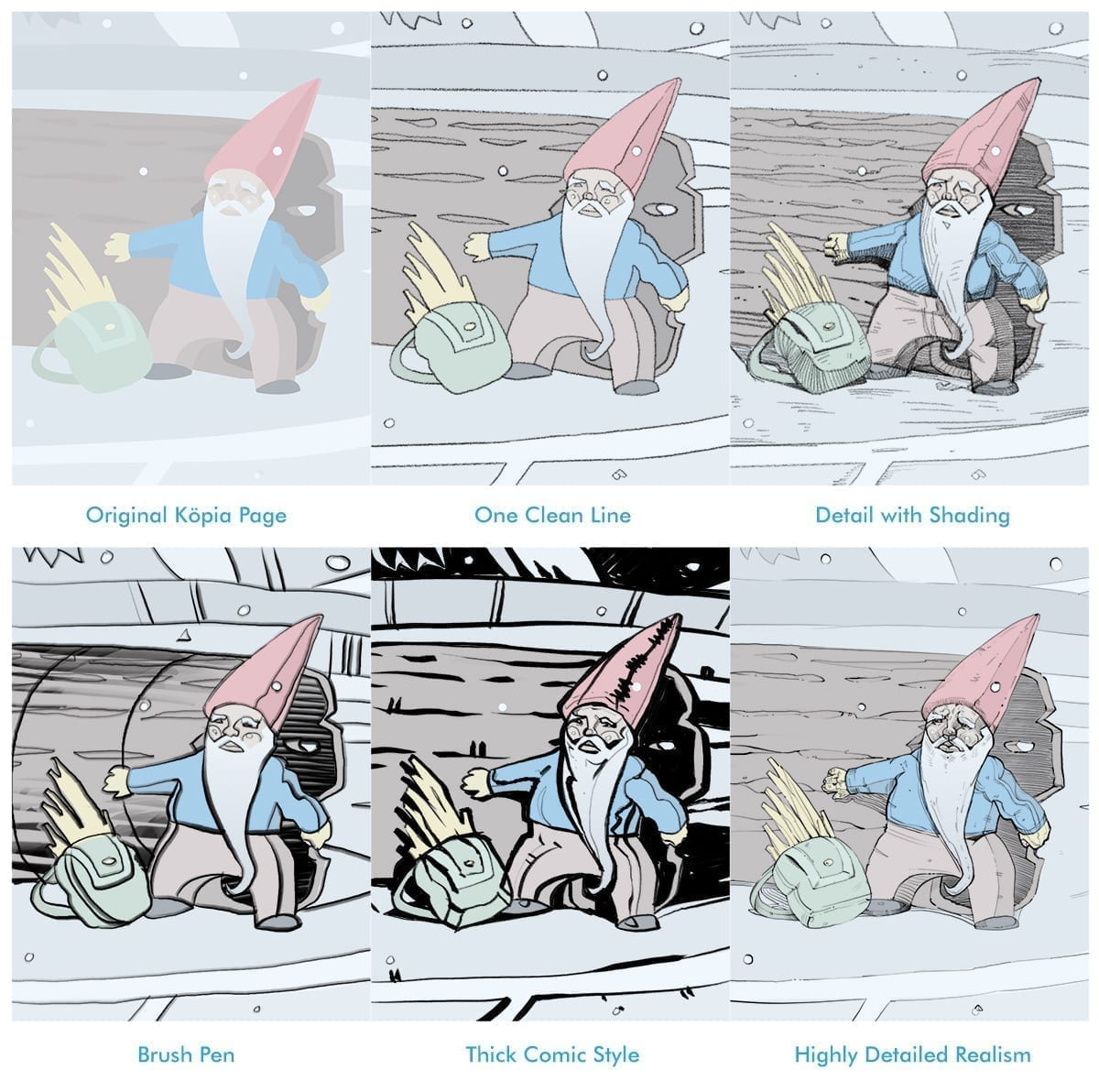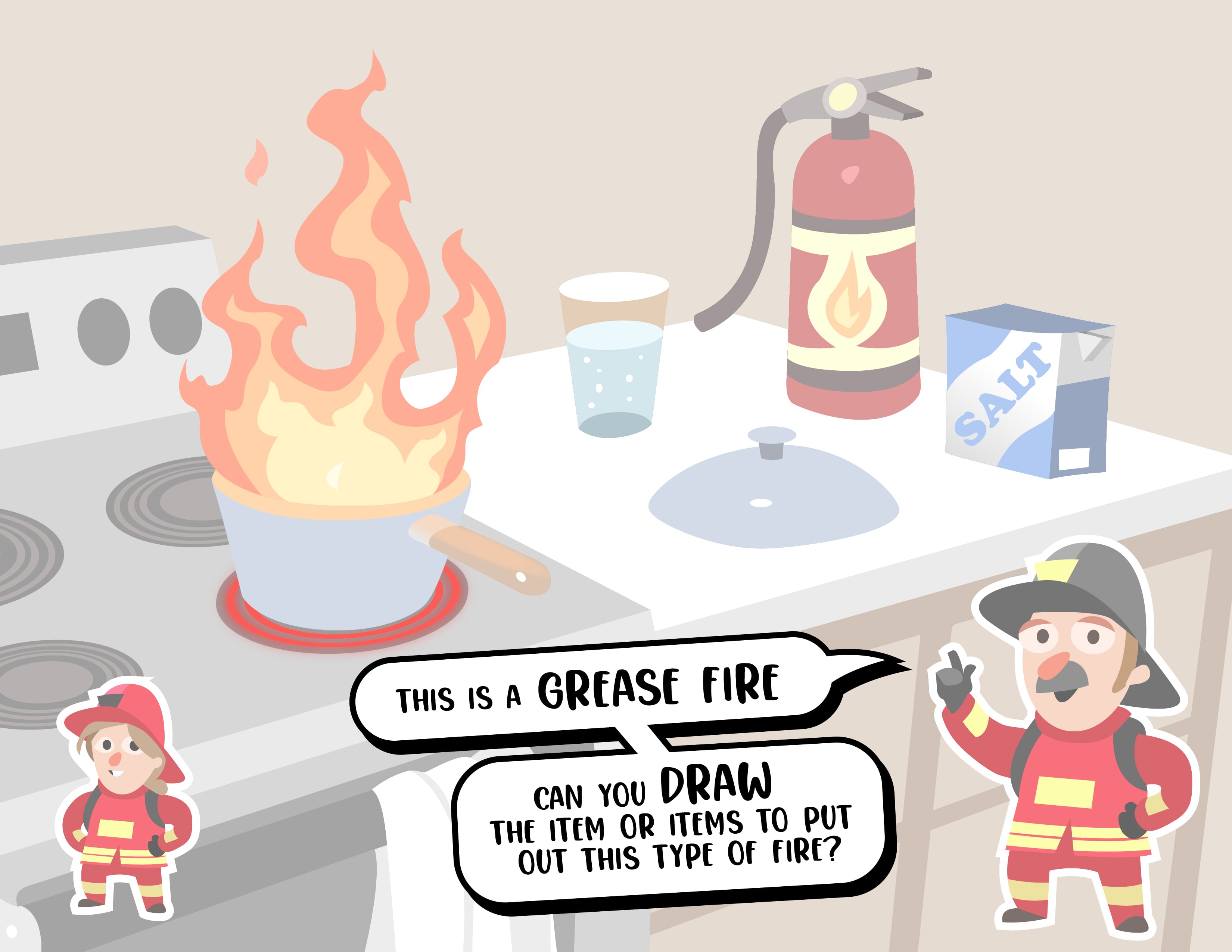
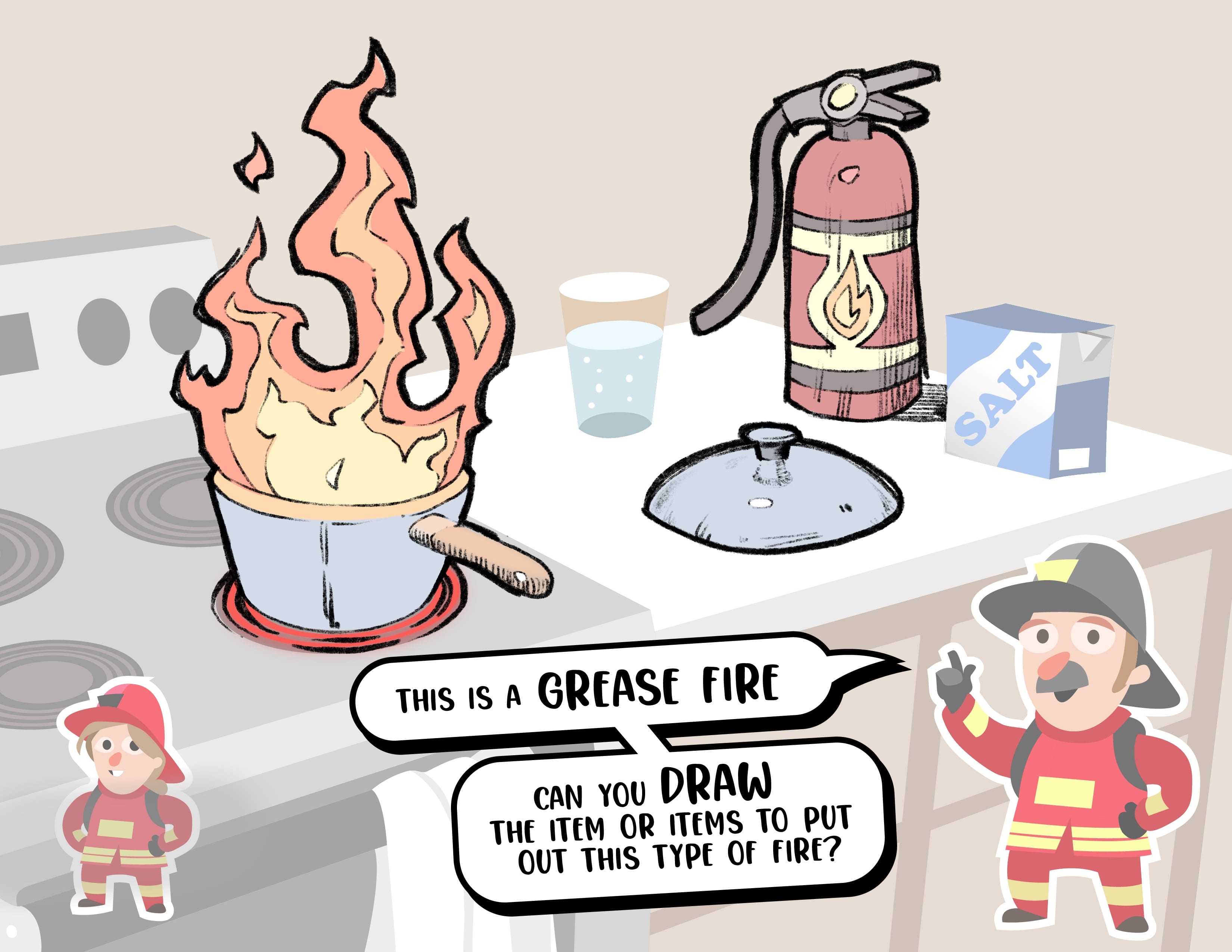
Concept illustration created for Lisa Axelson using kopiography as a consolidation* tool.
In this instance, kids would be asked to draw the fire (the thing that’s dangerous and can hurt them), along with the item(s) that can be used to remove that danger.
For this example, including an item like salt forces a stretch in cognition. “Was it salt that I learned in the lesson… or baking powder?”
*Consolidation is a stage in a lesson where a topic or new information is enforced. It is a good opportunity for children to ask questions and clarify things.

